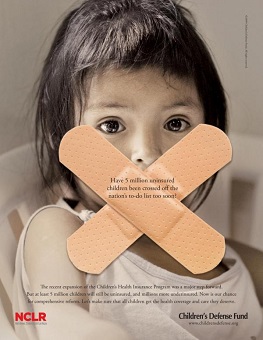When it comes to treatment of cholera, most patients are torn between desperation, exasperation, and despair. But this need not be the case if the patient can access a proper medical facility in time. At this stage, most patients are already going through severe bouts of diarrhea, and one critical support intervention is to place them on a drip and close to a washroom facility. Cholera patients need to be evaluated quickly and treated fast. With proper treatment, even the worst cases can be saved.
Diagnosis of cholera
Fast cholera dipsticks tests are now available, and this enables health clinics to confirm the diagnosis of cholera faster. Swift confirmation helps ward off associated deaths caused by the disease during the initial stages of the outbreak and leads to earlier health interventions to control the epidemic.
 Here is information to prepare you for health personnel:
Here is information to prepare you for health personnel:
- If you’re planning for an appointment, inquire whether you should follow before your visit.
- Note down any cholera symptoms that you have been experiencing.
- Record any recent exposure of cholera infection. Inform your doctor if you’ve recently visited destinations across the globe that are prone to cholera outbreaks, notably Asia and Africa.
- Inform your doctor your medical history. Write down vital medical information and include other medical conditions that you are receiving treatment and medications you’re taking, vitamins and supplements.
- If you’re prepared to cosult with your doctor more about the disease, don’t hold anything back. The more the doctor knows about your condition, the faster he’ll be able to prescribe one of the treatments listed below:
1. Antibiotics treatment
Antibiotics should be administered in severe cases of cholera. This reduces fluid requirements and the cycle of the disease. The most common antibiotics are antimicrobial agents, tetracycline, furazolidone, and ciprofloxacin. These are all effective in the reduction of diarrhea. Apart from antimicrobial agents, single-dose therapy has been shown to be useful for the rest.
2. Zinc treatment
Zinc treatment supplements have been shown to significantly reduce the duration and severity of diarrhea in children infected with cholera. Children who received zinc supplements had 7 hours of diarrhea and 10 percent less stool volume.
3. Rehydration therapy
Rehydration is an efficient way to treat cholera. It is accomplished in two phases: Rehydration and maintenance.
Rehydration aims to restore normal fluid levels in the body, which should take no more than 5 hours. Set the rate of drip infusions in badly dehydrated patients at 50-100 mL/kg/hr. It’s best to use lactated ringer solution over isotonic chloride solution since saline fails to correct metabolic acidosis.
Conclusion
 Cholera is not a death sentence. If you’re suffering from severe vomiting that can be cholera-related, plenty of fluids that include water, soda and juice may come in handy, to replenish both lost fluids or electrolytes. But consider using oral rehydration solution preferably Pedialyte.
Cholera is not a death sentence. If you’re suffering from severe vomiting that can be cholera-related, plenty of fluids that include water, soda and juice may come in handy, to replenish both lost fluids or electrolytes. But consider using oral rehydration solution preferably Pedialyte.
As you recuperate, ensure to avoid poor sanitary areas that caused the disease in the first place. Ensure to obtain food in clean environments and wash h hands with water and soap repeatedly and every time you visit the washrooms.…


